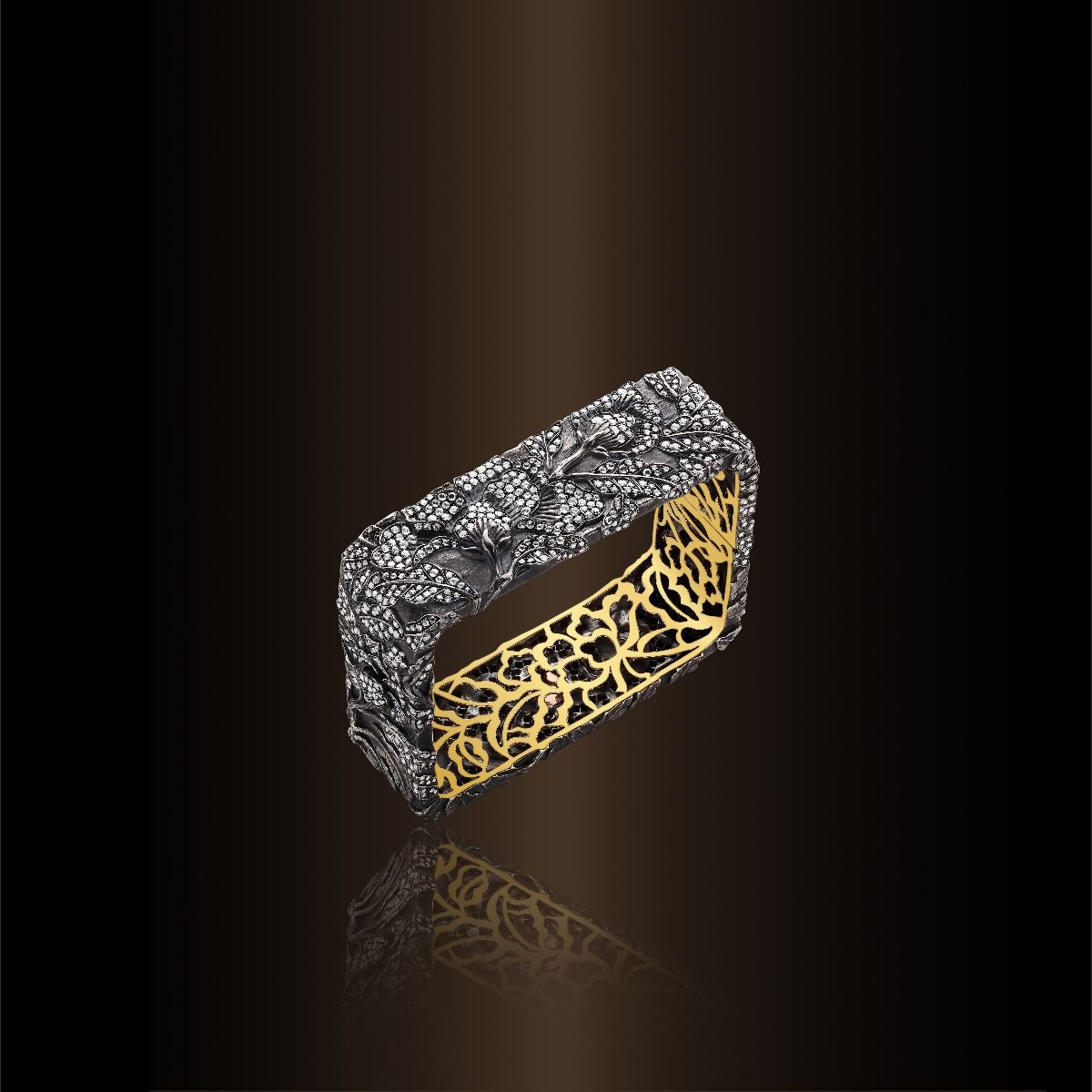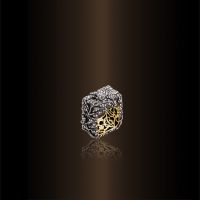LACQUERWARE

Lacquer objects have been discovered in burial grounds dating back to Neolith- ic times at the Hemudu 河姆渡 archaeological cultural site in Zhejiang Prov- ince 浙江省 and through fragments discovered at the Erlitou 二里頭 site dating from the Xia dynasty 夏朝 c.2100BCE. By the Shang dynasty 商朝 (c.1600– 1050BCE), lacquer was already a sophisticated art form.
One famous site dating back to 200BCE in the Han dynasty 漢朝 (206BCE- 220CE), housed the tomb of the Marquis Dai and his wife (190-168BCE) in Hunan province 湖南省, it contained the finest of silks, lacquerware and even maps.
Earthenware pots coated with black lacquer have been found at archaeologi- cal sites dating from 2000BCE. By the Western Zhou 西周 period (c.1050– 771BCE) of the Zhou dynasty 周朝 (c.1050–256BCE), lacquerware was made with not only wood but with pottery and leather and the artisans were already filling the crevices and holes with an ash mix primer so that the surface would be smooth before adding the lacquer coat. Clamshell inlays were also common in Western Zhou 西周 excavations which was the forerunner to mother of pearl inlays and to the famous ‘jinyin pingtuo 金銀平脫’ technique whereby gold foil and silver foil (flattened gold and silver) were completely smooth and inlaid.
An artisan’s skill was often determined by the availability of raw materials in the region where he lived, thus Fuzhou 福州 in the South was known for its lacquer work because the lac tree grew nearby. The resin from the lac tree, Tox- ico dendron vernicifluum, is a tree indigenous to China, is at first clear when harvested from the trunk. As the moister evaporates from the sap it becomes viscous and darker in colour. Lacquer - tihong 剔紅 was traditionally mixed with cinnabar1 (vermillion) to achieve its blood red colour2. The oldest object to be found so far, is a red wooden bowl from the Hemudu culture 河姆渡文化 (5000-4500BCE). The ability to create lacquerware spread from China to its neighbours and to Korea and Japan during the Han 漢 (206BCE-220CE), Tang 唐 (618-907) and Song 宋 (960-1279) dynasties. Lacquer’s distinctive colours comes from the pigments used.

